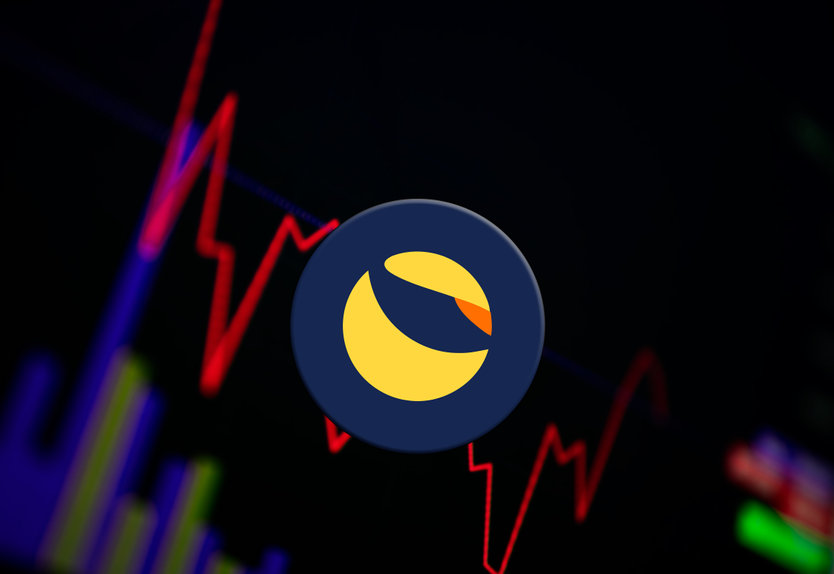
The TerraUSD (UST) token crashed to lows of $0.61 on Monday as it massively de-pegged from the $1 peg. The move comes at the same time as the broader crypto market bled and a sharp move lower in stocks.
UST has since moved back up amid a raft of measures to reestablish the peg by the Luna Foundation Guard, the organization that currently oversees the UST treasury.
As the algorithmic token fell, the LFG deployed its $2.2 billion BTC reserves – a move likely to have helped stem the rot- with BTC price falling briefly below $30k and LUNA nosediving more than 50% to around $28.
UST is vulnerable as LUNA trades 50% down in 24 hours
Tim Frost, founder and CEO of Yield App says the crash points to the vulnerabilities facing decentralized stablecoins.
“A brutal start to the week for the entire cryptocurrency market has brought one of its latest stars to its knees: UST. Just when we thought a decentralized, algorithmic stable coin had finally made the grade and proved all skeptics wrong, it slips 40% below its USD peg,” Frost said in a statement obtained by CoinJournal.
At the time of writing, UST is back to around $0.90 as BTC sees a slight recovery above $31.5k and Terra (LUNA) pares some of the losses to currently trade around $30. The LUNA/USD pair is however still 50% down.
Frost believes fresh selling around the DeFi token could mean LFG’s measures are “unlikely this is going to prove a long-term solution.” More inbound pressure on UST is thus possible.
“More importantly, this underlines how vulnerable decentralized stablecoins that rely on theoretical pegs instead of hard cash are in a good old-fashioned bank run. There is little anybody can do when investors start heading for the door en masse other than join the stampede and accept a huge loss,” the Yield App chief added.
On the overall outlook of the crypto market, Frost says “there is now little doubt we are in the midst of the most aggressive bear market since 2018.”

